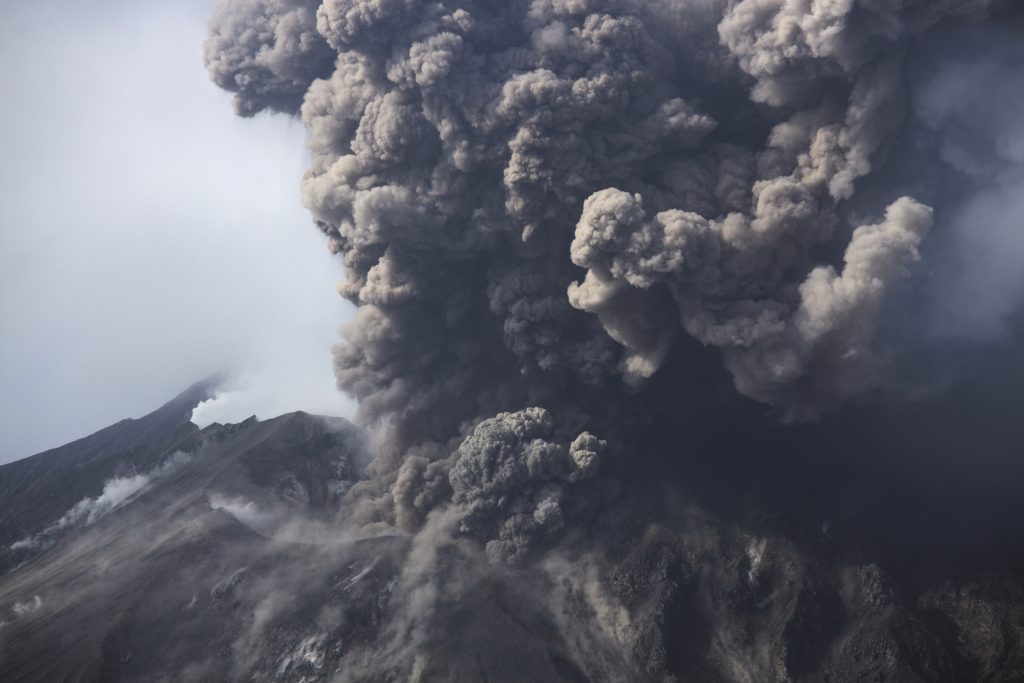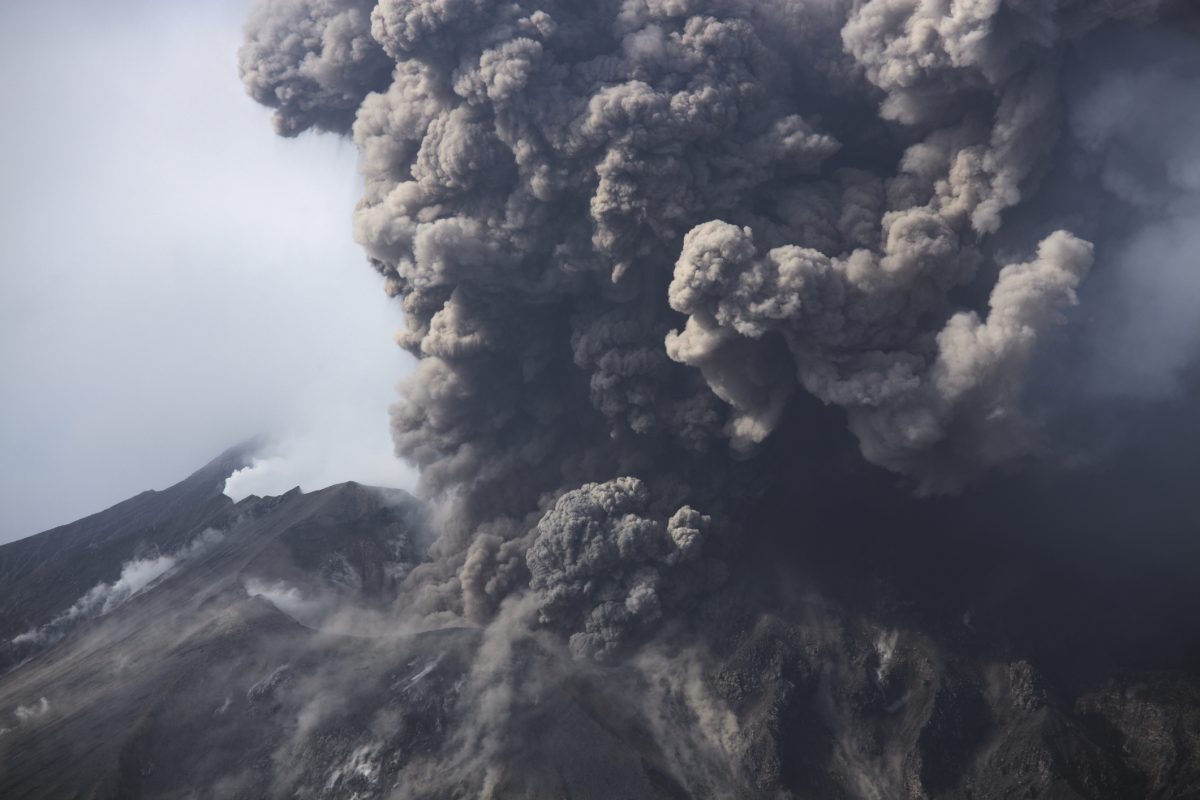
The predicted eruption of Mount Spurr in Alaska poses a unique indoor air quality challenge for residents of the state’s largest city, Anchorage, other communities in Alaska, and possibly areas of Canada. Experts are predicting an eruption within the upcoming weeks to months, and residents of the areas are reportedly stocking up on essentials as they prepare to deal with the effects of the eruption.
If you live in an area that will be affected by pollution from the eruption, it is essential to have a plan in place to maintain your indoor air quality. Portable room air cleaners remain the best, most accessible option for mitigating the indoor air quality effects of both volcanic ash and volcanic smog, also known as vog.
Volcanic smog consists of microscopic particles, including PM 2.5, sulfur dioxide and other compounds, according to the U.S. Geological Service. It affects visibility outside and can cause or aggravate breathing problems. It is a bigger issue in Hawaii, where public health officials recommend using a portable room air cleaner during vog events. However, vog can also develop in Alaska under the right conditions.
Volcanic ash differs significantly from more common pollutants like wildfire smoke, dust or pollen, and making certain adjustments in how you use your room air cleaner can have a major impact on its effectiveness. Experts from the AHAM Verifide® program, which provides independent testing of room air cleaners, offer these tips for using an air cleaner in the aftermath of a volcanic eruption:
Selecting an air cleaner
- Consider a unit with a pre-filter. Volcanic ash particles are larger and heavier than wildfire smoke or other more common pollutants. A pre-filter—which captures larger particles before they reach the air filter—can improve effectiveness and reduce the frequency of filter changes.
- Look for the AHAM Verifide® seal: The seal means the manufacturer’s claims about the air cleaner’s performance have been independently verified through rigorous testing.
- Select a unit with the right CADR: Choose a unit that is rated appropriately for the size of the room in which the air cleaner will primarily be used. The CADR will be displayed on the packaging of AHAM Verifide® air cleaners.
Using your air cleaner
- Practice in advance. Read your unit’s use-and-care manual and become familiar with its operation under normal circumstances. Run through the recommended maintenance, including filter changes, before the eruption. Learn how often the manufacturer recommends changing the filter under normal conditions, and if necessary, contact the manufacturer to find out what adjustments to make under the circumstances.
- Position the air cleaner near the center of the room. This will allow for better filtration. Putting it in the corner or against a wall can interfere with airflow.
- Stock up on extra filters. Even with a pre-filter, expect to change your air cleaner’s filter more frequently due to the volume of ash and the nature of the particles. Make sure you have extra filters on hand and only buy genuine filters that are recommended by the manufacturer. During the last eruption, businesses closed, and vehicle operation was affected. Residents were advised to stay inside. New filters may not be available for a while after the eruption.
- Keep the outside clean. During a heavy pollution event, expect particles to build up on the outside of the unit quickly. Clean it as necessary, as excess buildup can interfere with performance.
- Keep rooms closed off as much as possible. Keep doors to rooms closed to limit the spread of pollutants and improve air cleaner effectiveness.
- Run the air cleaner continuously.
Other tips
- Vacuum regularly. Use a vacuum with a HEPA filter to remove settled ash particles so they are not kicked back into the air. Wear goggles and a mask while you vacuum, and wait until the particles have settled.
- Keep surfaces clean. Wipe down counters and clean floors and other hard surfaces regularly to remove settled particles. The USGS recommends wearing a mask and goggles while you clean.
- Wash smaller loads of laundry: Volcanic ash particles are abrasive and tend to adhere to clothing. The USGS recommends washing smaller loads of laundry and extra detergent so clothes can move freely in the wash. Shake the clothing before washing.
While experts don’t know for certain when Mount Spurr will erupt or which way the ash will drift, it is important to take steps to preserve your home’s indoor air quality in the event of an eruption. Volcanic ash settles more quickly than smaller particles like wildfire smoke, but air quality issues can last for days or weeks as settled ash is kicked back into the air. Visit www.ahamverifide.org for more tips and to select an air cleaner that is right- sized for your home to national standards.


